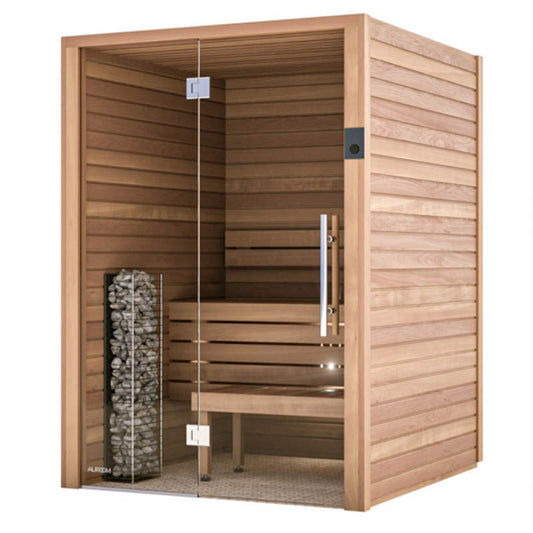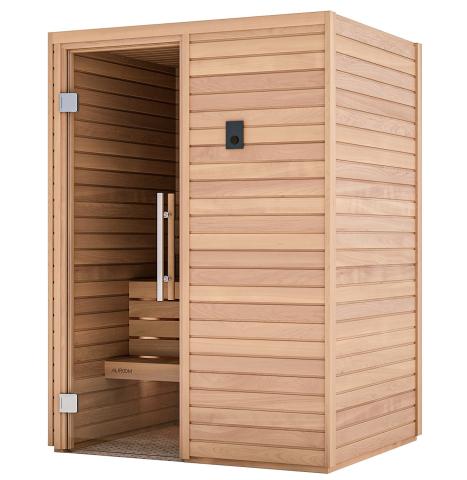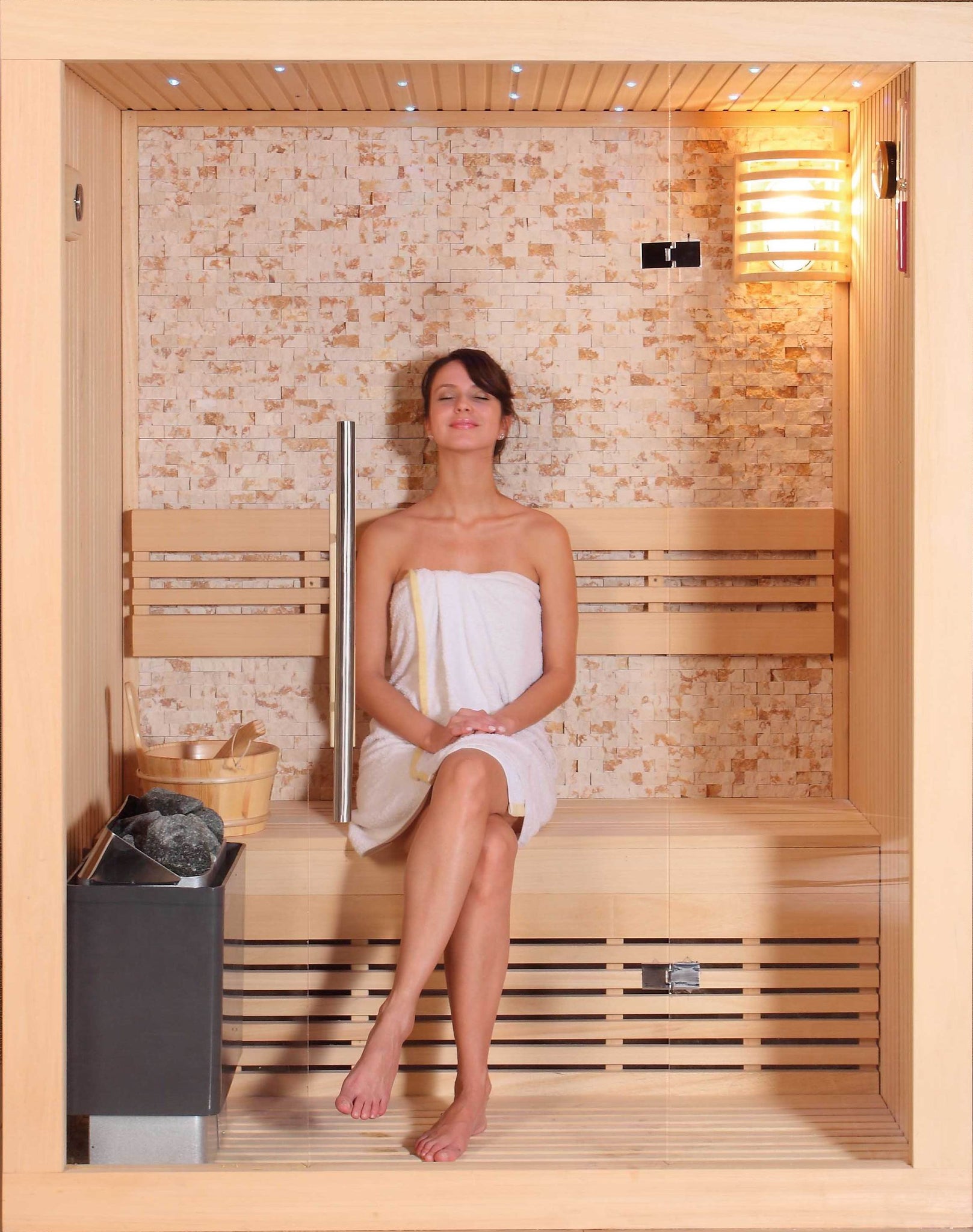Traditional Sauna - The Facts
Traditional Sauna - The Facts
Blog Article
The Ultimate Guide To Traditional Sauna
Table of ContentsUnknown Facts About Traditional SaunaAbout Traditional SaunaSome Ideas on Traditional Sauna You Should Know3 Simple Techniques For Traditional SaunaOur Traditional Sauna PDFs
The majority of the weight lost in a sauna is water loss and is re-gained upon rehydrating. However, without a doubt sauna can be a vital part of a healthy and balanced weight reduction program. To consider the differences between traditional and IR saunas, I will certainly separate these into proven, theoretical, and fabricated differences.Hence, the most popular factor in the saunawhich goes to the ceiling straight above the sauna heateris typically between 185 and 190 F. Claims that a conventional sauna exceeds 200 F is merely not true and not relevant for electrical saunas sold in the United States. The temperature for a far-infrared sauna is normally set between 120 and 140 F; nevertheless, unlike the traditional sauna, the goal in and IR area is not to achieve a heat.
Due to the fact that of this, the temperature difference is nearly pointless, considering that profuse sweating leads to both sauna kinds, however the approach of heating up the body is different. In an IR sauna the bather will certainly really feel hot and will sweat profusely, however at much lower temperatures (Traditional Sauna). Hence, if the objective is to invest longer time periods in the sauna, the IR sauna is an excellent option
When a conventional sauna has been appropriately heated, the sauna walls are warm, the air temperature has actually achieved set temperature level and the rocks are extremely heated. As an interesting side note, the warmed walls and the rocks are discharging far-infrared heat, combined with the heated air, to create an "covering warmth".
Traditional Sauna Fundamentals Explained

When the heat is accomplished, the aspects cycle on and off to maintain the heat. The majority of traditional sauna users delight in pouring water over the rocks to create vapor to elevate sauna humidity levels. The advantages of pouring water over the rocks include: making the room more comfy, dampening the nasal passages, and allowing the use of aromatherapy by blending crucial oils with the water.

When the energy enters the body, it triggers the body temperature to raise and eventually results in sweat. In an infrared sauna it is essential for the emitters/heaters to stay on nearly continuously. Given that there is no mass of rocks to preserve warm, the sauna will cool if the emitters closed off.
As discussed over, the sauna bather in an infrared room intends to position himself before operating emitters to get optimal gain from the warm. The home heating time for the 2 rooms can be really different, relying on how the spaces are utilized. For a conventional sauna, a bather must permit 30-40 minutes for the room to accomplish a wanted temperature and to appropriately pre-heat the rocks.
How Traditional Sauna can Save You Time, Stress, and Money.
A well built sauna will usually accomplish a temperature of 150-160 F in regarding 30-40 mins. For hotter temperature levels, the space might need to warm for a longer period. Once the room achieves set temperature, the heating unit will cycle on and off, normally running regarding 50% of the moment. The protected walls and the heated rocks will go to this web-site keep the room warm and at steady temperatures.

Standard saunas have a tendency to be bigger (thus make use of more electricity) than infrared saunas, although conventional saunas are absolutely available in one and 2 person sizes. For a two-person conventional sauna, 5x6 or 5x7 dimension is most popular. The leading bench can easily seat two or three people and is additionally enough time to rest during the sauna session.
The Best Strategy To Use For Traditional Sauna
The average expense per kWH of electricity in the U.S. is about $0.11, so a 4.5 kW heating system will cost approximately $.50 to run for one hour, if the heating unit runs continually for one hour. Commonly a sauna heater will compete 75% of the first hour and 50% of subsequent hours on considering that the components cycle once the set temperature is achieved.

There is a rarely talked about distinction in the social experience between the two spaces. While our culture has shed some of the social advantage of the standard sauna experience, it can be extremely socially satisfying (Traditional Sauna). From household time in the sauna, to heart-felt conversations with better halves, to sauna partiesthe standard sauna experience can result in intimate socializing
Some Known Facts About Traditional Sauna.
The majority of higher end infrared spaces consist of tinted light treatment, sound systems and full-glass fronts.
Report this page